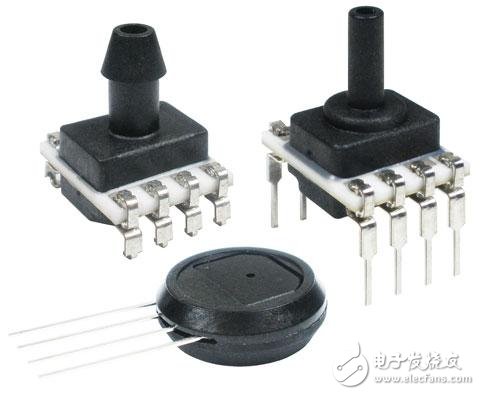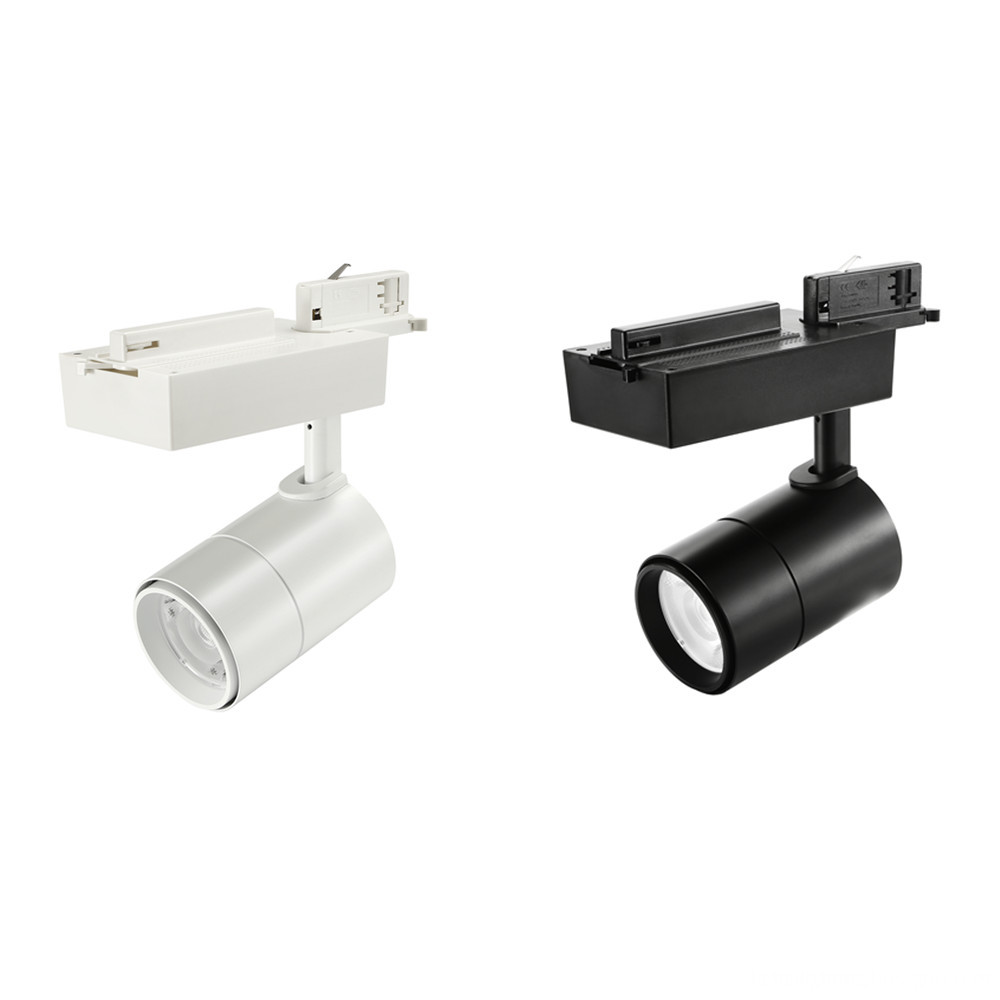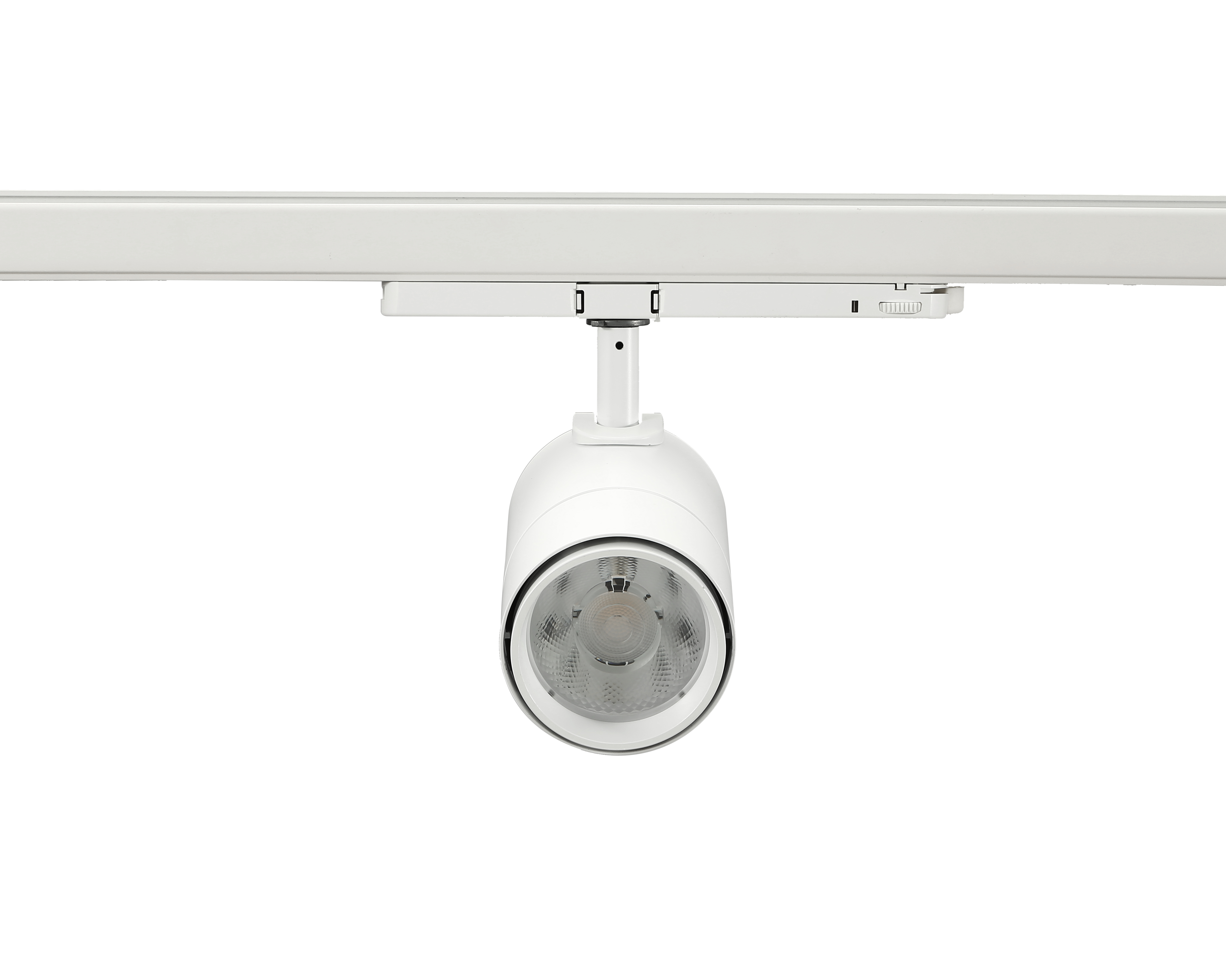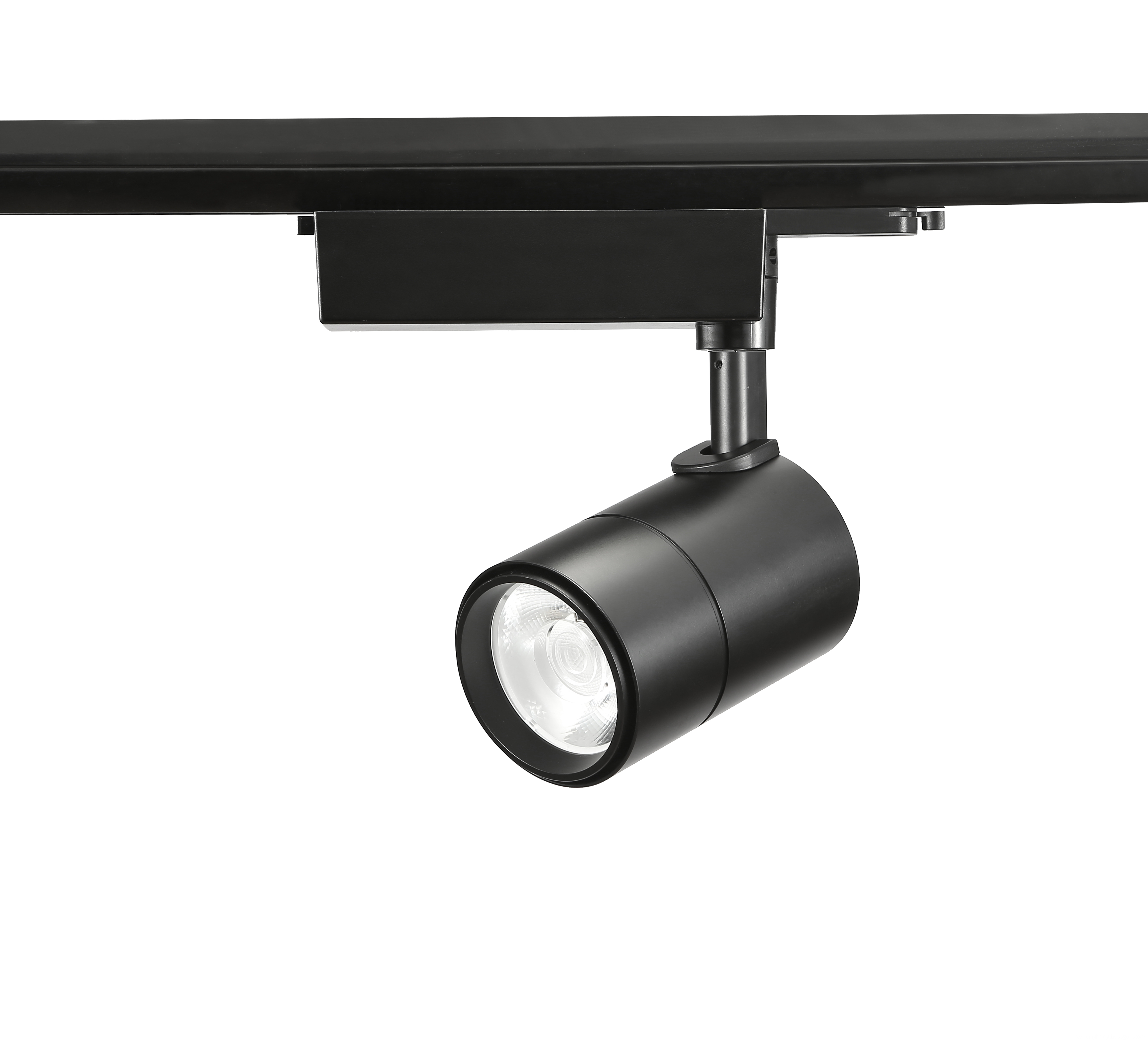Author: Honeywell Sensing and Control, global product director AJ Smith
The flexible sensor design brings the gospel to engineers who design ventilators and anesthesia machines.
By using modular gas mass flow sensors and pressure sensors, anesthesia equipment and ventilator manufacturers can simplify manufacturing, maintenance and product use training. Build a platform-based approach to sensing devices, creating thousands of options that not only quickly meet the needs of various package types, product shapes and sizes, but also enable designers to use the same sensor design throughout the product line. For example, the same sensors can be used to design neonatal and adult ventilators, the only difference between them being calibration.
The design of all types of breathing equipment faces a major common challenge, using air pumps from different manufacturers. This means that each device will have its actual output offset at the same output setting, so flexible sensor functionality is required. In addition, the design will vary from one to another, and the size and length of the airflow path will vary, which will affect the package requirements and the way the airflow is sensed.

Honeywell's TruStability HSC/SSC – 26PC liquid media compatible sensor allows customers to use a port of the sensor to contact a non-corrosive liquid medium such as a dew condensation environment or deionized water, eliminating the need to protect the sensor from such media. The additional cost incurred.
The anesthesia device is used to administer an anesthetic to a patient so that the patient does not feel the discomfort of the medical clinical operation after the drug is effective, reducing or eliminating the pain. Gas mass flow sensors used in anesthesia equipment must accurately measure the flow of air, oxygen, and nitrous oxide streams to ensure proper gas delivery. The ventilator sends and mixes a mixture of air and oxygen away from the patient's lungs to help them breathe. Therefore, the gas mass flow sensor used in the ventilator not only needs to be able to accurately measure the air and oxygen flow, but also allows the operator to calibrate to ensure the correct oxygen supply and the ability to provide accurate flow rates. Make adjustments or calibrations.
Thanks to the advent of gas mass flow sensors that measure a wide range of airflows, designers have the option of optimizing the overall performance of their components. By means of building blocks, we can perform fine-tuning calibration through software, so designers can modify the airflow measurement range for specific designs. This is important because respiratory devices such as ventilators often use multiple gas mass flow sensors to provide specific airflow ranges and sensitivities for different functional requirements.
The use of board-mounted and stainless steel dielectric-isolated pressure sensors in anesthesia equipment also enables flexible measurement of air and oxygen pressure. These sensors need to provide accurate and stable operation performance in long-term practical use, so it is necessary to have stable reading and low error requirements. There are also a number of low-voltage board-mounted pressure sensors in the ventilator that measure the air and oxygen pressures inhaled and exhaled by the patient to ensure that the pressure does not exceed the set point. These sensors must be highly stable and accurate, ensuring repeatable and reliable measurements for every measurement, helping to improve patient safety.
Board-mounted pressure sensors offer a wide range of package types, mounting options, power and signal output options, as well as customized calibration capabilities. These options and features can be cross-platform, greatly simplifying the manufacturing process and supply chain.
Another important consideration in the process of sensor platformization is that the product design conforms to the global market. The design of breathing equipment can vary significantly from country to country, meaning that different parts of the world will have different packaging requirements. Sensors should provide both integrated piping designs that are often used in developed regions, as well as traditional designs that integrate a large number of pipe connections commonly used in less developed countries and regions.
30W Led Track Lights with Bridgelux or Luminus COB LED chips.
30W LED Track Lights with international 2 wire, 3 wire, 4 wire track connector, matching well with most of quality track rail.CCT: 2700K, 3000K, 4000K, 6000K are available.
Function: Non-dimmable, dimmable and CCT changeable are available.
Types: DALI system, 0-10V systerm, Dial Switch, guide rail with power supply.
Beam Angle: High reflectance diffuser (Lens+Reflector) with 10° / 24°/ 36° for choice.
Dimension of 30W LED Track Lights: Φ90mm, 230*210mm
Finished Color: Matt White / Black / Silver etc.
High luminance flux: 2600lm
High CRI: >90Ra
Input voltage: AC110/220V 50/60HzCertification: CE RoHS



30W Led Track Lights
30W Dimmable LED Track Light, 30W Mini LED Track Lighting, 30W Commercial LED Track Light, 30W Color Changing LED Track Light
SHENZHEN KEHEI LIGHTING TECHNOLOGY CO.LTD , https://www.keheiled.com